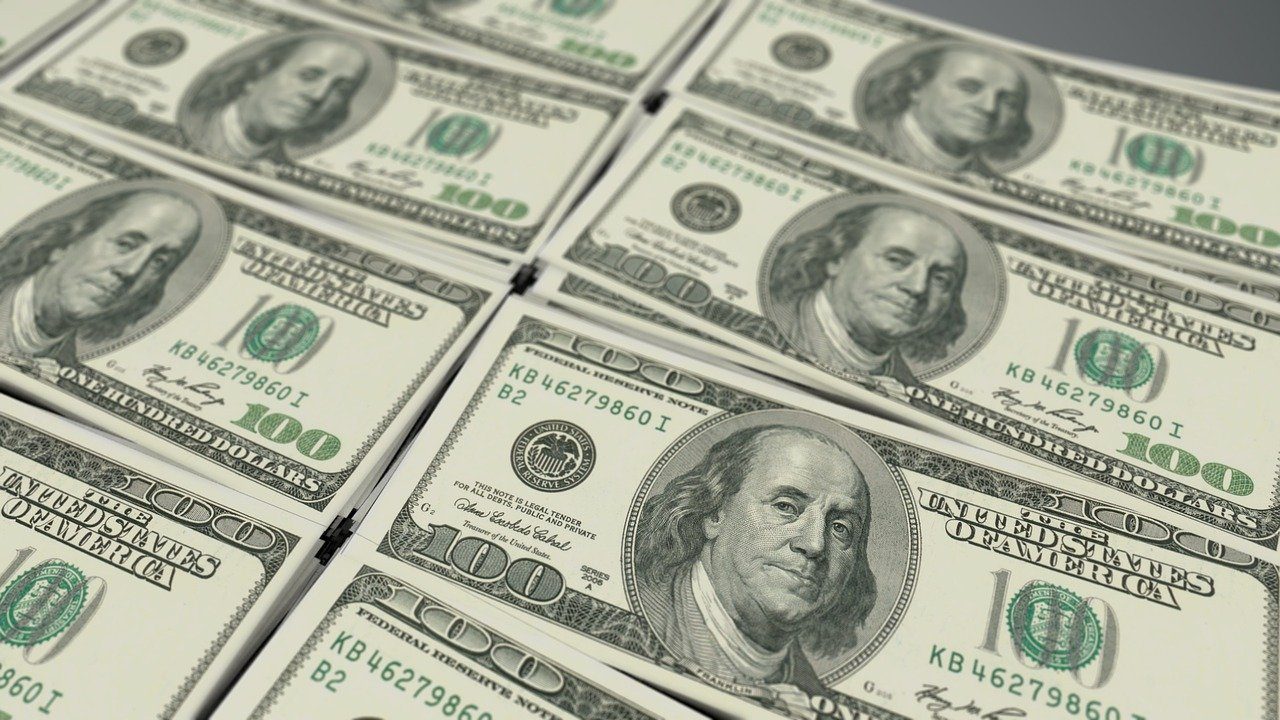Fitch, a leading provider of credit rating, reported that Qatar intends to repay $20bn in debt by 2021, including more than $10bn this year, as part of a plan to reduce the country’s debt liabilities.
Qatar plans to repay a debt of $20bn in the next two years, with plans to repay half of it by the end of this year despite COVID-19 challenges, according to Fitch.
The proposed repayment plan will decrease the government’s debt ratio significantly, falling from 68.4% and 58.9% of GDP (gross domestic product) in 2019 and 2018 to an estimate of 59.2% in 2021 and 57.9 in 2022.
This year, the government’s debt is estimated to reach 72.5%, which is the highest ratio the country experienced for years.
Luckily, with Qatar’s economy achieving a substantial improvement, the repayment plan is set to greatly decrease the GDP percentage and reduce the debt liabilities, showing yet again the government’s resilience in combating challenges despite the pandemic.
“This is supported by precautionary fiscal reserves built up through $34bn in Eurobond issuances over the past three years,” said Fitch.
“A marked and sustained reduction in government debt towards the ‘AA’ median is one of the positive sensitivities,” the report added.
‘AA’ median is a credit rating— assigned by code designation— of Fitch to express its assessment of the risk quality of a bond. The credit rating itself is a financial indicator to potential investors of debt securities such as bonds.
Qatar currently has ‘AA-’ ratings, which reflects the country’s strong sovereign net foreign asset position. Given that Qatar has one of the world’s highest ratios of GDP per capita and a flexible public finance structure, the country’s debt dynamics are adequate and its response is robust, limiting the fiscal impact of the coronavirus pandemic.
According to Fitch, these strengths are balanced against a high level of debt, in addition to high contingent liabilities compared with rated peers and heavy hydrocarbon dependence.
Read more: ‘Resilient’ Qatar maintains stable outlook despite obstacles, Moody’s says
When it comes to the sovereign net foreign assets (reserves plus other government assets less external debt), Fitch reported that it hit an estimate of $240bn (130% of GDP) in 2019. Net external debt, however, is estimated to decrease by 0.8% in 2021, marking 8.6% and 13.6% of GDP in 2021 and 2022 respectively.
However, due to the pandemic and government spending cuts on the non-hydrocarbon sector, Fitch expects the non-hydrocarbon sector to contract by 6% in 2020.
The agency also estimated Qatar’s fiscal break-even oil price to an average of $50 per barrel in 2020-2022.
“Under our definition, Qatar’s fiscal balance includes in revenue our estimate of the investment income on government external assets,” said the agency.
Last month, Moody’s Investors Service, a leading provider of credit ratings, research, and risk analysis, said that Qatar’s unsecured debt rating is at Aa3, with a stable outlook, despite COVID-19 struggles.
Qatar has also seen a substantial improvement in the country’s external balance sheet and an improvement in structural factors, including a reduction in geopolitical risk and a substantial reduction in hydrocarbon dependence.
Follow Doha News on Twitter, Instagram, Facebook and Youtube.







